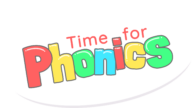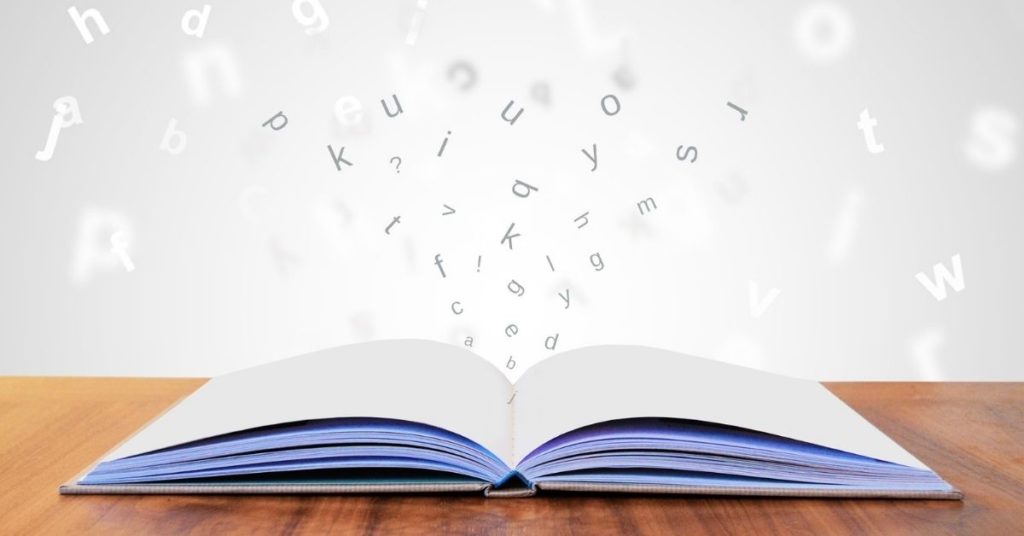As a teacher you’ll know that the word “phonics” is used when talking about the way that children learn to read. When you were a child, it’s possible that you were taught to read through learning by sight, looking at the shape of the word as a whole.
These days, children are encouraged to break down the individual sounds in words in order to “decode” them and work out what they are.They may also be pronounced in a different way than you are familiar with, as children are taught to only say the very smallest unit of sound, so for example, the letter ‘m’ is pronounced ‘mmmm’ instead of ‘muh’. Here are some of the key aspects you’ll need to know to help children with their phonics learning.
What is a phoneme?
Phonemes can be explained as the smallest unit of sound in a word. These can be:
- Single sounds such as r, m, n.
- Digraphs (this means two letters ina sound) such as ch, sh, oo.
- Trigraphs (this means three letters in a sound) such as igh, ear or air.
- Split digraphs (sometimes called split vowels) – these are made up of two letters that are “split” by having another little in the middle of them. For example a_e in “game” or i_e in “tide”. You may know this as ‘magic e’, although that’s not how it is generally taught or referred to now.
The English language has 44 phonemes. Over the course of Reception and Year 1, children are taught to read and write each phoneme, forming them accurately. The 44 phonemes are as follows:
Remember that we said the phonemes are often pronounced in a way you aren’t familiar with? Take a look at our handy phoneme pronunciation video to help you.
Children also need to know the names of letters, as pronounced in the alphabet, and their alphabetical order. The letter names and letter sounds can be talked about alongside each other, but it is important that you don’t just refer to the alphabetical name of the letter when talking with your child.
What are graphemes?
Graphemes are the written symbols that represent the sounds – the phonemes.
They can be a single letter or a group of letters. There are often multiple ways to write each phoneme (multiple graphemes for each phoneme), for example the phoneme ‘ay’ as in ‘play’ can be written as ‘ai’, ‘a’, ‘a-e’, ‘ei’ and ‘ey’, depending on the word you are writing.
These different ways to write each sound will be explored in more detail as children near the end of the Reception year and throughout Year 1. It’s always useful to have the discussion with children about them though, especially as they may come across these different graphemes in reading books.
Segmenting and blending – a quick guide
Once children have started learning some phonemes, they will quickly move onto segmenting and blending them.
Blending is when children use their knowledge of phonemes to read words, saying the sounds in quick succession to hear the word.
For example
d-o-g = dog
b-oa-t = boat
sh-ee-t = sheet
Segmenting is the opposite of blending and is the process whereby we break down a word in order to write it, according to the sounds we hear in that word. Children will use segmenting skills, as well as their knowledge of phonemes to spell out and help them to write words.
For example, they might identify all the phonemes in c-a-t to help them write it down. You can read more about blending and segmenting in phonics here.
What is the difference between common exception words, high frequency words and tricky words?
- Common exception words come from the National Curriculum (so more recently – 2014), tricky words come from Letters and Sounds (2007). There are specific tricky words for each phonics phase.
- Common exception words are words in which the usual spelling rules don’t work in the “common” way. They are exceptions to those rules
- High frequency words are words that appear a lot in texts. Some will be decodable, some won’t.
- Some words cross over and can be in more than one “list” – so a common exception word could also be a tricky word, or a high frequency word.
- In Letters and Sounds, some words are called tricky because that sound hasn’t been learned yet – even though they are decodable, e.g. “out”. So children learn the word “out” before the sound “ou”.
How can parents support children’s phonics learning at home?
- Read together! Listen to your child read and let them see you reading too. Visit the library to take out books for free as well as reading your child’s school reading books.
- Praise and encourage! Wait for your child to try blending before correcting them. Remember they are still learning.
- If your child is struggling to read a word, encourage them to use the pictures in the book and words around the difficult word (e.g. the context) to help them figure out the word they are struggling with.
- Ask your child to sound talk e.g. break down the initial sound of the word to help them predict what the whole word might be.
- Skip the word and read to the end of the sentence, then come back to it. Again, this gives context.
Fancy free daily phonics lessons? Sign up for a free trial today!



